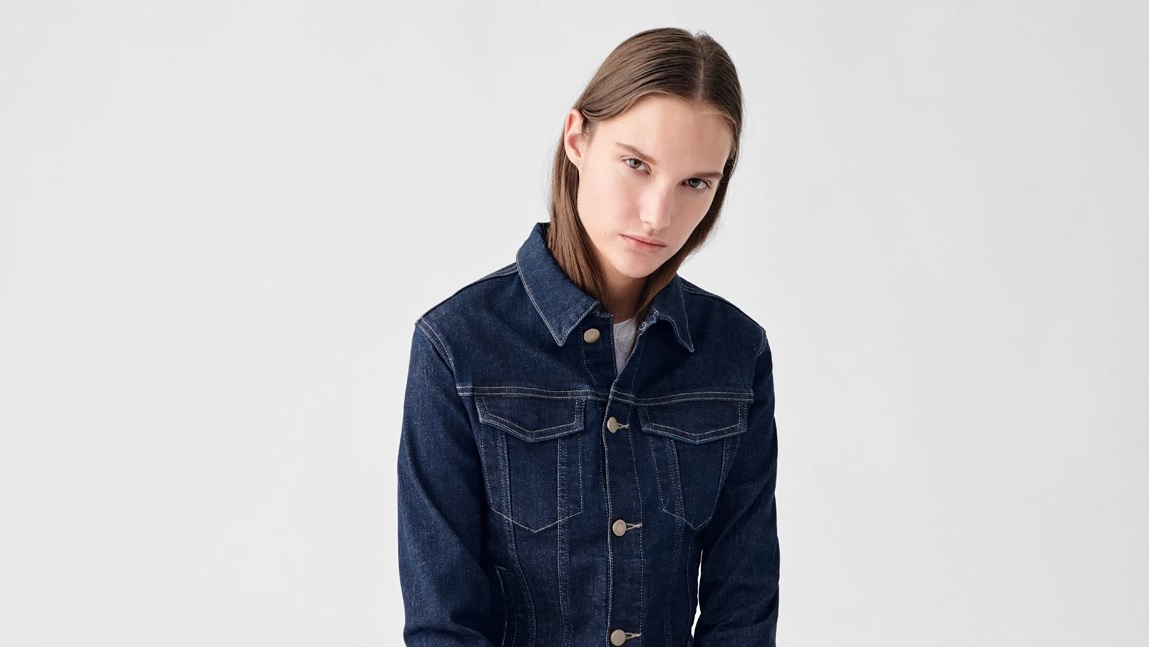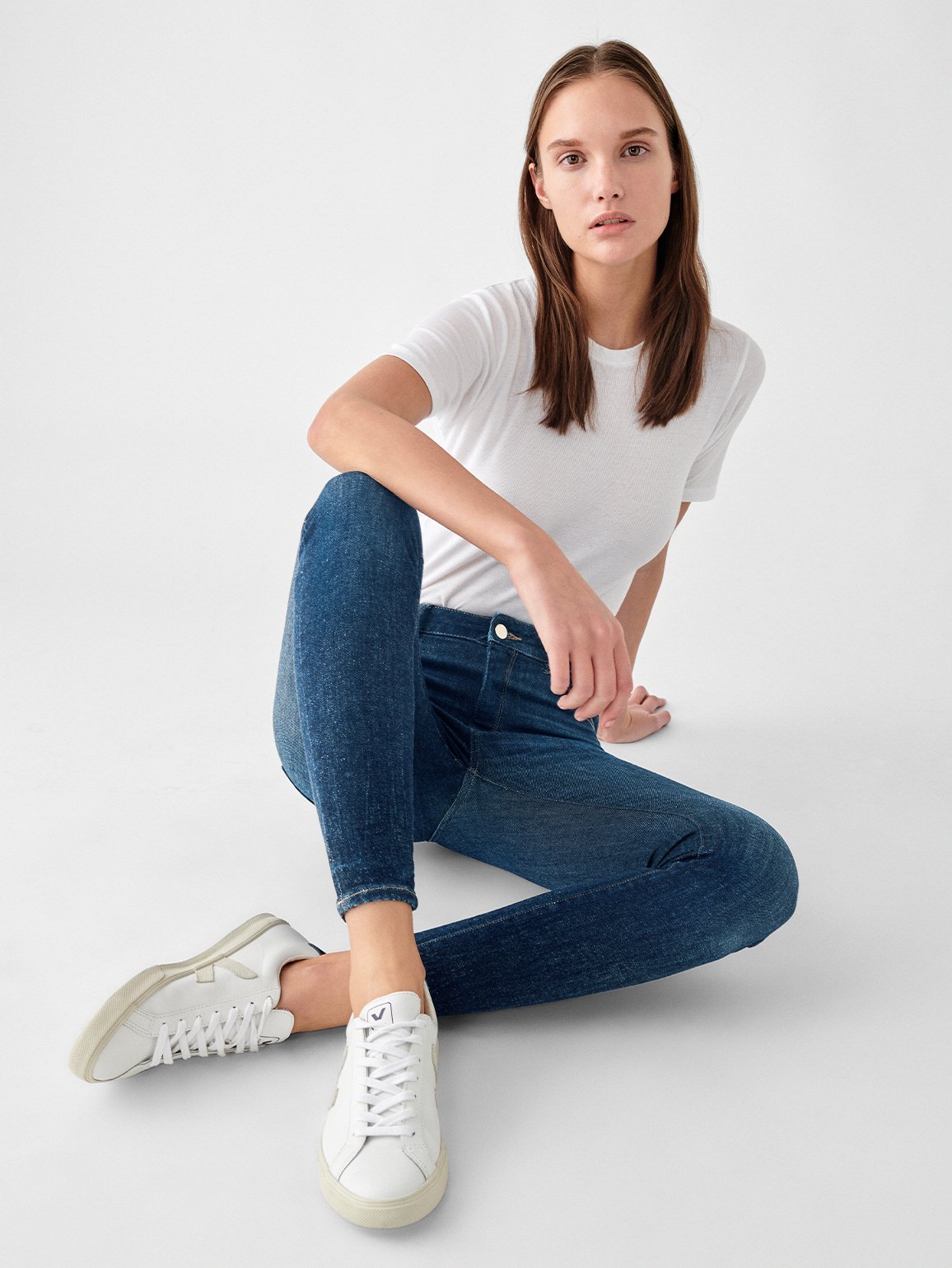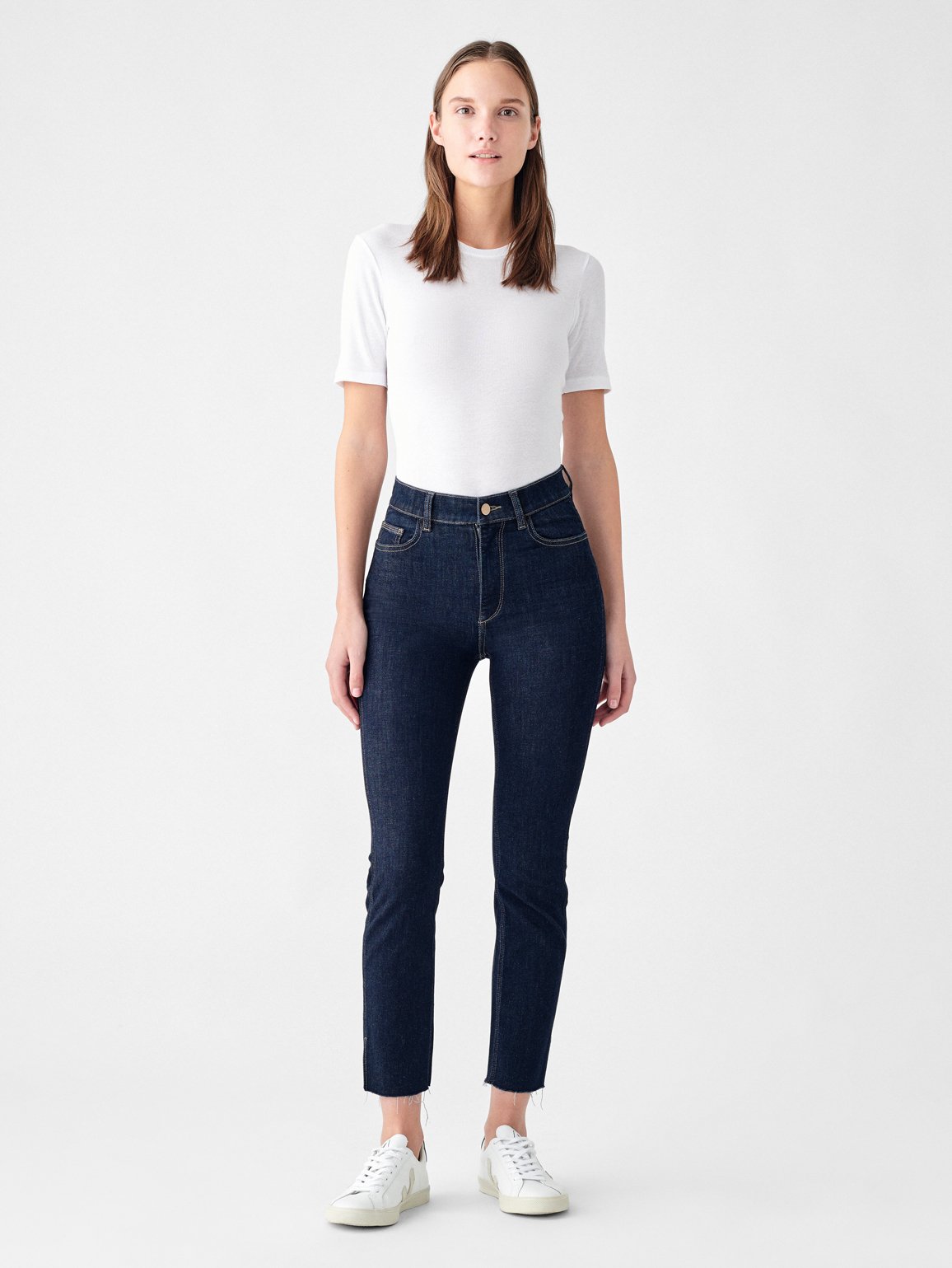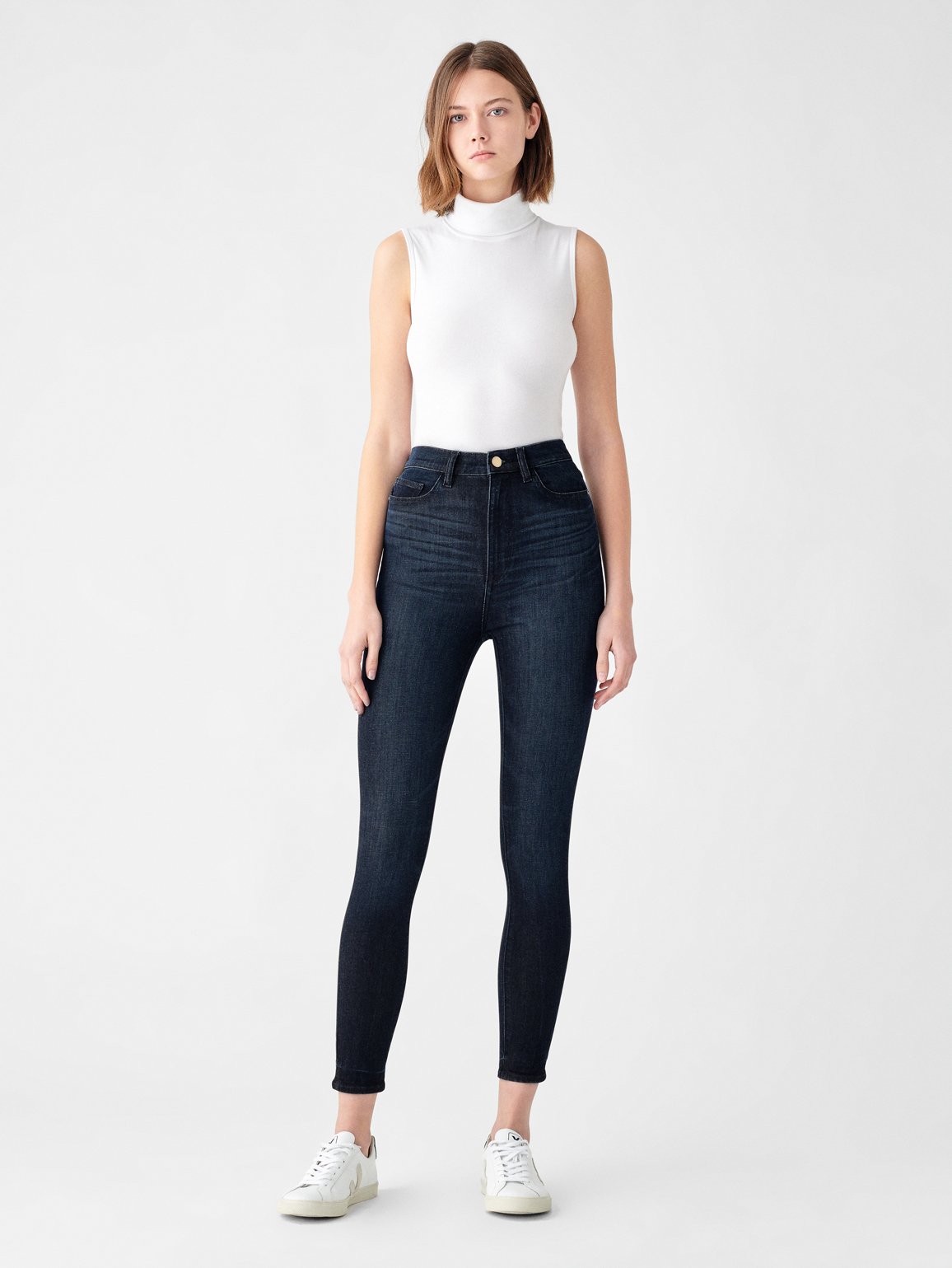Global denim brand DL1961 has just launched an all-new, eco-friendly collection dubbed Better by DL.
Ranging from high rise cropped jeans and mid-rise skinny jeans to a denim jacket and even a full-length jumpsuit, each piece from the collection requires less than seven gallons of water to be produced. This is a drastic reduction in water usage when you consider the fact that the average amount of water it takes to create one pair of conventional jeans is roughly 1,500 gallons.
The brand’s press release for Better by DL reads, “At DL1961, our goal is to challenge the way denim has traditionally been made to decrease our impact for future generations. Being a vertically-integrated, family-run company, we are able to explore and invest in technologies that are eco-friendly and result in product made better.”
Such technologies include an on-site, self-power generator that uses a heat recovery system to fuel production. The brand has its own in-house plant, which helps them achieve a degree of energy efficiency that is much higher than the average fashion brand.
DL1961 also utilize laser and ozone technology to ensure no chemicals are going into the dye that makes up their denim pieces. Instead, a waterless practice of laser machines is used to achieve different effects on their denim. They also have several Jeanologia Ozone Eco G2 machines of their own, which allows them to use air to create wash variation, again without using any water whatsoever.
In addition to the sustainable water usage techniques utilized, the brand has also chosen to use an array of recycled and renewable materials for their Better by DL collection. For example, the Bridget 33” High Rise Instasculpt Bootcut jeans are partially made of EcoLycra and botanic Tencel. Plus, no rivets are used on any pair of jeans in the collection, and all items exclusively use non-electroplated and recycled trims.
Further, each Better by DL piece uses HeiQ technology, an antimicrobial, antiviral Swiss textile technology that can be added to fabrics to help protect against COVID-19. In essence, such a material will add an extra layer of antibacterial protection to your clothing.
All images in this article are courtesy of DL1961.












